Home>Articles>How To Store Rechargeable Batteries When Not In Use
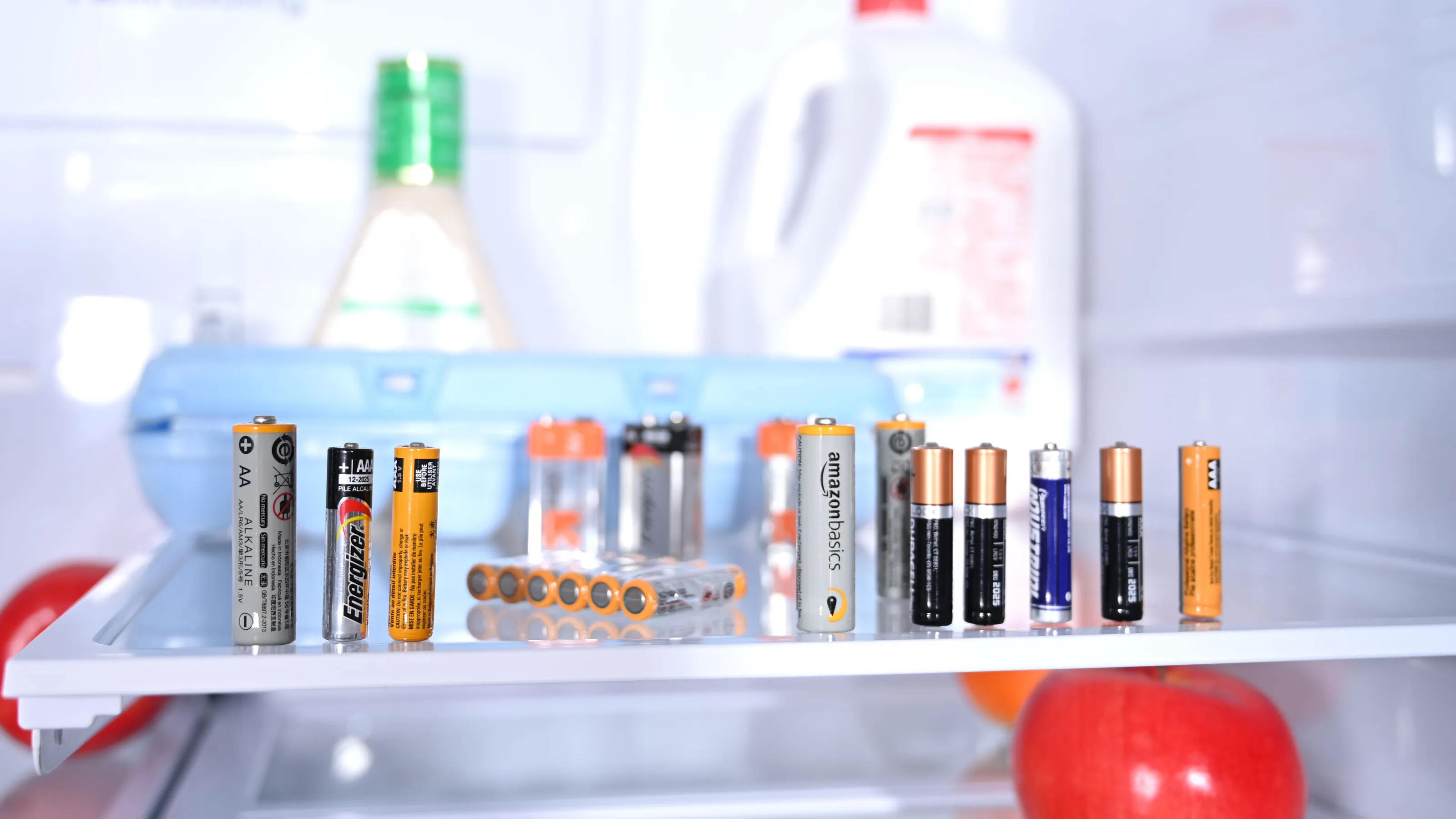

Articles
How To Store Rechargeable Batteries When Not In Use
Modified: April 23, 2024
Discover the best techniques for storing rechargeable batteries in this comprehensive guide. Learn how to prolong battery life and prevent damage.
(Many of the links in this article redirect to a specific reviewed product. Your purchase of these products through affiliate links helps to generate commission for Storables.com, at no extra cost. Learn more)
Introduction
Rechargeable batteries have become an essential part of our daily lives. They power our smartphones, laptops, cameras, and a wide range of other electronic devices. Not only are they environmentally friendly, but they also offer long-term cost savings compared to disposable batteries. However, to ensure optimal performance and prolong the lifespan of rechargeable batteries, proper storage is crucial when they are not in use.
In this article, we will explore the importance of storing rechargeable batteries correctly and provide some practical tips to help you maintain them in their best condition. Whether you are a tech enthusiast, a professional photographer, or simply someone who relies on rechargeable batteries for everyday use, this guide will provide you with the information you need to preserve their capacity and effectiveness over time.
Key Takeaways:
- Proper storage of rechargeable batteries is crucial for maintaining their capacity, lifespan, and overall performance. Factors like temperature, humidity, and light exposure can impact battery storage, so it’s important to store them in a cool, dry location.
- Utilizing appropriate storage methods, such as keeping batteries in their original packaging or using battery organizers, helps protect batteries from physical damage and provides a systematic approach to organization. Periodically checking and exercising stored batteries can help maintain their capacity and performance over time.
Read more: How To Store Rechargeable Batteries
Understanding Rechargeable Batteries
Before diving into the details of how to store rechargeable batteries, it’s important to have a basic understanding of how these batteries work. Unlike disposable batteries, which are designed for single use and then thrown away, rechargeable batteries are designed to be reused, allowing you to recharge them multiple times.
Rechargeable batteries operate on the principle of reversible chemical reactions. They are typically made of one or more electrochemical cells that convert chemical energy into electrical energy. These cells are composed of positive and negative electrodes, separated by an electrolyte.
When a rechargeable battery is charged, an electrical current is applied to the battery, causing a chemical reaction that stores electrical energy within the battery. This process involves moving ions between the positive and negative electrodes through the electrolyte. When the battery is discharged, the stored energy is released, powering the device it is connected to.
There are several types of rechargeable batteries available on the market, including Nickel-Cadmium (NiCd), Nickel-Metal Hydride (NiMH), Lithium-Ion (Li-ion), and Lithium Polymer (LiPo) batteries. Each type has its own unique characteristics and advantages, but they all require proper care and storage to maximize their lifespan and performance.
Now that we have a basic understanding of rechargeable batteries, let’s explore why proper storage is so important.
Why Proper Storage is Important
Proper storage of rechargeable batteries is essential for several reasons. Firstly, it helps to maintain the overall capacity and performance of the batteries. Over time, rechargeable batteries can experience a phenomenon known as self-discharge, where they lose their charge even when not in use. By storing them properly, you can minimize the self-discharge and ensure that the batteries have sufficient power when you need them.
Secondly, proper storage can help prevent physical damage to the batteries. Rechargeable batteries can be sensitive to extreme temperatures, moisture, and exposure to sunlight. Improper storage can lead to degradation of the battery’s components and reduce its overall lifespan.
Furthermore, by storing rechargeable batteries correctly, you can avoid potential safety hazards. Although rare, poorly stored batteries can leak, overheat, and even explode. By following proper storage guidelines, you can reduce the risk of accidents and ensure the safety of yourself and your surroundings.
Lastly, storing rechargeable batteries properly can also save you money. When batteries are stored in optimal conditions, they maintain their capacity, allowing them to be fully utilized. This means you won’t have to replace them as frequently, resulting in long-term cost savings.
With the importance of proper storage in mind, let’s explore the factors that can affect battery storage.
Factors Affecting Battery Storage
Several factors can affect the storage of rechargeable batteries, and it’s important to be aware of them to ensure the best possible storage conditions:
- Temperature: Extreme temperatures can significantly impact battery performance and lifespan. High temperatures can accelerate self-discharge and cause the battery to lose its capacity more quickly. On the other hand, extremely cold temperatures can affect the battery’s ability to deliver power. It’s recommended to store rechargeable batteries in a cool and dry location, preferably between 0°C to 25°C (32°F to 77°F).
- Humidity: Moisture can cause damage to the battery’s internal components and promote the growth of corrosion. It’s important to store batteries in a dry environment to prevent any unwanted moisture from affecting their performance or causing leaks.
- Light Exposure: Rechargeable batteries should be stored in a dark place, away from direct sunlight or other sources of strong light. Exposure to light can affect the battery’s chemical composition and lead to reduced performance.
- Location: The storage location should be free from any potential hazards. Keep batteries away from flammable materials, liquids, and areas with excessive heat or cold. In addition, ensure that the storage area is well-ventilated to disperse any buildup of gases that might be released by the batteries.
- Contact: The positive and negative terminals of rechargeable batteries should be kept away from each other to prevent short-circuiting. If batteries come into contact with conductive materials, such as loose coins or keys, it can lead to damage and discharge of the battery.
- Duration of Storage: Rechargeable batteries should not be stored for excessively long periods without use or charging. Storing batteries for extended periods of time without any activity can lead to capacity loss and degradation. It is recommended to periodically charge and discharge the batteries to maintain their optimal condition.
By considering these factors and implementing appropriate storage practices, you can ensure that your rechargeable batteries remain in good condition when not in use. In the next section, we will explore some practical tips for storing rechargeable batteries.
Tips for Storing Rechargeable Batteries
Proper storage of rechargeable batteries is crucial for their long-term performance and lifespan. Here are some practical tips to help you store your batteries effectively:
- Keep batteries in their original packaging: If possible, store rechargeable batteries in their original packaging. The packaging is designed to provide some level of protection against moisture, temperature fluctuations, and physical damage.
- Use a battery organizer or storage case: Investing in a battery organizer or storage case can help keep your batteries organized and protected. These containers are designed to hold batteries securely and prevent them from coming into contact with objects that could cause damage.
- Consider battery storage containers: Battery storage containers are designed specifically for long-term storage. These containers often have individual compartments for each battery, ensuring they are kept separate and protected from external elements.
- Store in a cool and dry location: As mentioned earlier, it’s important to store rechargeable batteries in a cool and dry location. Avoid areas with excessive heat, cold, or humidity. Ideal storage locations include a drawer, cabinet, or closet away from direct sunlight and moisture.
- Partially discharge or charge batteries before storage: Depending on the type of rechargeable battery, it may be beneficial to discharge them partially or charge them to a specific level before storing. Consult the manufacturer’s guidelines or specifications to determine the best practice for your specific battery type.
- Periodically check and exercise stored batteries: It’s a good practice to check on your stored batteries periodically. Ensure they are still in good condition and not showing signs of leakage or damage. Additionally, you can exercise the batteries by fully charging and discharging them occasionally to maintain their capacity.
By following these tips, you can ensure that your rechargeable batteries are stored properly, extending their lifespan and maintaining their optimal performance.
Read more: How To Store Batteries When Not In Use
Method 1: Keeping Batteries in Their Original Packaging
One of the simplest and most convenient ways to store rechargeable batteries is to keep them in their original packaging. When you purchase rechargeable batteries, they typically come in a plastic blister pack or a cardboard box designed specifically for storage.
The original packaging provides several benefits for storing rechargeable batteries:
- Protection: The packaging is specifically designed to protect the batteries from moisture, temperature fluctuations, and physical damage. It acts as a barrier against external elements that could potentially harm the batteries.
- Organization: By keeping the batteries in their original packaging, you can easily identify and access the batteries when needed. The packaging often includes labels or markings for different battery types and sizes, making it convenient to find the right battery for your specific device.
- Portability: The original packaging is usually compact and lightweight, making it easy to transport and store the batteries. You can easily toss the package into a bag or drawer without worrying about the batteries getting scattered or damaged.
- Manufacturer’s Recommendations: Storing the batteries in their original packaging aligns with the manufacturer’s recommendations. They understand the specific requirements and conditions that will help maintain the batteries’ performance and longevity.
To ensure maximum effectiveness when using the original packaging, remember to:
- Close the packaging securely to prevent any moisture or dust particles from getting inside.
- Store the packaging in a cool and dry place, away from direct sunlight or extreme temperatures.
- Avoid storing batteries in the original packaging for excessively long periods without use or charging, as it can lead to self-discharge or capacity loss.
By keeping rechargeable batteries in their original packaging, you can easily protect and organize them while adhering to the manufacturer’s guidelines for optimal storage.
Store rechargeable batteries in a cool, dry place away from direct sunlight. It’s best to keep them at a 40% charge when not in use to prolong their lifespan. Avoid storing them fully charged or completely drained.
Method 2: Using a Battery Organizer or Storage Case
Another effective method for storing rechargeable batteries is to use a battery organizer or storage case. These specially designed containers provide a dedicated space to store and protect your batteries, offering several advantages over other storage methods.
Here’s why using a battery organizer or storage case is beneficial:
- Organization and Accessibility: Battery organizers or storage cases typically have individual compartments or slots for each battery. This allows you to keep your batteries organized and easily accessible whenever you need them. You can quickly locate the specific battery size and type required for your device.
- Protection: These organizers and storage cases are made from materials that offer protection against impact, moisture, and dust. They provide a secure and safe environment for your batteries, reducing the risk of physical damage or leakage.
- Portable and Convenient: Battery organizers and storage cases are designed for portability, allowing you to carry your batteries with ease. They are compact and lightweight, making them ideal for travel or keeping in your bag when on the go.
- Extended Capacity: Depending on the size and design of the battery organizer or storage case, you can store a larger number of batteries in one place. This is particularly useful if you use rechargeable batteries frequently or have a collection of different battery sizes for various devices.
- Durability: Many battery organizers and storage cases are constructed with durable materials that can withstand regular use and protect the batteries for an extended period. They are designed to maintain their shape and integrity, ensuring long-lasting storage solutions.
When using a battery organizer or storage case, it’s important to:
- Ensure that the case is compatible with the size and type of batteries you intend to store.
- Close the organizer securely to prevent any moisture or dust from entering and potentially damaging the batteries.
- Select a storage location that is cool, dry, and away from direct sunlight or extreme temperatures to maintain the batteries’ performance.
Investing in a battery organizer or storage case is a convenient and efficient way to store rechargeable batteries, allowing you to keep them organized, protected, and readily available for use.
Method 3: Using Battery Storage Containers
Using battery storage containers is another effective method for storing rechargeable batteries. These containers are specifically designed to provide a secure and organized storage solution, offering several benefits over alternative methods.
Here’s why using battery storage containers is advantageous:
- Individual Compartments: Battery storage containers typically feature individual compartments or slots for each battery. This ensures that each battery is kept separate and protected from contact with other batteries or objects that could cause damage.
- Protection: These storage containers are often made from durable materials that provide excellent protection against impact, moisture, and dust. They help safeguard the batteries from physical damage and minimize the risk of leakage.
- Safe Transport: Battery storage containers are designed for easy and safe transport. They often have secure closures, such as snap-lock lids or tight seals, to prevent the batteries from accidentally falling out or shifting during transport.
- Visibility and Organization: The clear construction of many battery storage containers allows for easy visibility of the batteries inside. This makes it simple to identify the specific battery size and type you need and maintain an organized collection.
- Extended Capacity: Depending on the size and design of the container, you can store a large number of batteries in one place. This is particularly useful if you have a sizable collection of rechargeable batteries or if you frequently use them for various devices.
When using battery storage containers, it is important to:
- Ensure that the container is compatible with the size and type of batteries you intend to store.
- Close the container securely to provide maximum protection against moisture, dust, and accidental battery discharge.
- Store the container in a cool, dry location, away from direct sunlight or extreme temperatures, to maintain the batteries’ performance.
Battery storage containers provide a reliable and efficient solution for storing rechargeable batteries, allowing you to keep them organized, protected, and easily accessible whenever you need them.
Method 4: Storing Batteries in a Cool and Dry Location
Storing rechargeable batteries in a cool and dry location is a simple yet crucial method to ensure their longevity and performance. Extreme temperatures and humidity can significantly affect the overall capacity and lifespan of batteries. By following this method, you can maintain the optimal conditions for your batteries even when they are not in use.
Here are the key reasons why storing batteries in a cool and dry location is important:
- Preserves Battery Life: High temperatures can cause chemical reactions to occur within the battery, accelerating the rate of self-discharge. This leads to a reduction in the battery’s overall capacity. Storing batteries in a cool environment slows down the self-discharge process, helping to preserve their charge for longer periods.
- Prevents Moisture Damage: Moisture is a significant threat to rechargeable batteries. It can corrode the terminals and damage the internal components, leading to reduced performance or even complete failure. Storing batteries in a dry location helps protect them from moisture and prevents potential damage.
- Minimizes the Risk of Leaks: Batteries are more prone to leaking when exposed to high temperatures or humidity. Storing batteries in a cool and dry location minimizes the risk of leaks, protecting both the batteries and the devices they are used in.
- Avoids Extreme Temperature Effects: Extreme heat can cause batteries to become unstable and potentially explode or catch fire. On the other hand, extremely cold temperatures can impair the battery’s ability to deliver power. Storing batteries in a cool location, preferably between 0°C to 25°C (32°F to 77°F), helps maintain their stability and performance.
When implementing this method, keep the following guidelines in mind:
- Identify a suitable storage location that is away from direct sunlight, heaters, radiators, and other sources of heat.
- Avoid storing batteries in areas with high humidity, such as bathrooms or basements. Instead, choose a dry location with good ventilation.
- Store batteries in airtight containers or ziplock bags if extra protection against moisture is required.
- Periodically check the storage location for any signs of moisture or environmental changes that could affect the batteries.
By storing rechargeable batteries in a cool and dry location, you can ensure their longevity, maintain their performance, and minimize the risk of damage or failure.
Read more: How To Store Car Battery When Not In Use
Method 5: Partial Discharging or Charging Batteries Before Storage
When it comes to storing rechargeable batteries for an extended period, there is some debate about whether it is best to partially discharge or charge the batteries before storage. The optimal approach may vary depending on the type of battery and manufacturer’s recommendations. However, here are some important factors to consider:
- Partial Discharging: Some experts suggest discharging rechargeable batteries partially before storage. The idea behind this is to avoid storing batteries at full capacity, as they can self-discharge over time. By partially discharging the batteries, you reduce the likelihood of reaching critically low charge levels during storage, which can be damaging.
- Charging Batteries: On the other hand, some manufacturers recommend fully charging rechargeable batteries before long-term storage. The purpose of this is to ensure that the batteries are at their maximum capacity, ready for use when needed. It also helps to minimize self-discharge during storage.
The approach you choose largely depends on the specific battery type and the guidelines provided by the manufacturer. It is important to consult the manufacturer’s instructions or do some research on the recommended practices for the particular type of rechargeable battery you are using.
Here are some additional considerations to keep in mind:
- If you decide to discharge the batteries partially, do not let them discharge to a critically low level. Consult the manufacturer’s guidelines for the recommended minimum charge level.
- If you choose to charge the batteries before storage, ensure that they are fully charged. This helps to minimize the self-discharge rate during the storage period.
- Be aware that not all rechargeable batteries benefit from partial discharging or charging before storage. For example, modern lithium-ion batteries often have built-in circuits that automatically manage the charging and discharging processes, making it unnecessary to intervene.
- Regardless of whether you discharge or charge the batteries, store them in the cool and dry location discussed in Method 4 to maintain optimal conditions.
By understanding the specific recommendations from the battery manufacturer and following the appropriate approach, you can optimize the storage conditions for your rechargeable batteries and maintain their overall performance.
Method 6: Periodically Checking and Exercising Stored Batteries
Periodically checking and exercising stored rechargeable batteries is an important method to ensure their continued performance and longevity. Over time, batteries can self-discharge, lose capacity, or suffer from reduced performance due to lack of use. By following this method, you can maintain the health of your stored batteries and maximize their effectiveness when you need them.
Here’s how you can effectively check and exercise your stored batteries:
- Regular Inspection: Periodically inspect the stored batteries for any signs of damage, leakage, or corrosion. If you notice any issues, it’s important to address them promptly and properly dispose of damaged or leaking batteries.
- Exercise the Batteries: Rechargeable batteries benefit from regular exercise, which involves fully charging and discharging them. This helps prevent capacity loss, known as “memory effect,” where batteries remember their previous charge levels and display reduced capacity over time. Exercising the batteries can help restore their full capacity and maintain optimal performance.
- Charge and Discharge Cycles: Follow the manufacturer’s recommendations for charging and discharging cycles. Some batteries may benefit from complete discharge and full recharge cycles, while others may have specific guidelines for optimal performance.
- Use Battery Testing Equipment: Consider using battery testing equipment or devices to measure the capacity and performance of your stored batteries. These devices can provide accurate readings and help you identify any batteries that may require further attention or replacement.
- Rotate Stored Batteries: If you have multiple batteries in storage, it’s a good practice to rotate them periodically. This ensures that all batteries are exercised and given a chance to be used, preventing any single battery from sitting unused for an extended period.
By regularly checking and exercising your stored rechargeable batteries, you can extend their lifespan, maintain their capacity, and ensure that they are ready for use when needed.
Remember to always follow proper safety guidelines when handling batteries, and dispose of expired or damaged batteries appropriately. Additionally, refer to the specific recommendations and guidelines provided by the battery manufacturer for optimal storage practices.
Conclusion
Proper storage of rechargeable batteries is essential for maintaining their capacity, lifespan, and overall performance. By following the methods outlined in this article, you can ensure that your batteries remain in optimal condition when not in use.
Understanding the basics of rechargeable batteries and the factors that can affect their storage is crucial. Temperature, humidity, light exposure, and location can all impact the performance and safety of batteries. By storing them in a cool and dry location, away from extreme temperatures and moisture, you can minimize self-discharge and preserve their charge.
Utilizing the appropriate storage methods, such as keeping batteries in their original packaging, using battery organizers or storage cases, or utilizing battery storage containers, helps protect batteries from physical damage and provides a systematic approach to organization.
Considering factors like partial discharging or charging before storage, and periodically checking and exercising stored batteries, can help maintain their capacity and performance over time. By following the recommended guidelines from battery manufacturers, you can implement the most suitable approach for your specific battery type.
Remember to always prioritize safety when handling rechargeable batteries, and dispose of damaged or expired batteries properly. Consult the manufacturer’s recommendations for specific disposal guidelines.
By incorporating these storage methods and practices into your routine, you can ensure that your rechargeable batteries are always ready for use, maintain their effectiveness, and save money in the long run by prolonging their lifespan.
Frequently Asked Questions about How To Store Rechargeable Batteries When Not In Use
Was this page helpful?
At Storables.com, we guarantee accurate and reliable information. Our content, validated by Expert Board Contributors, is crafted following stringent Editorial Policies. We're committed to providing you with well-researched, expert-backed insights for all your informational needs.


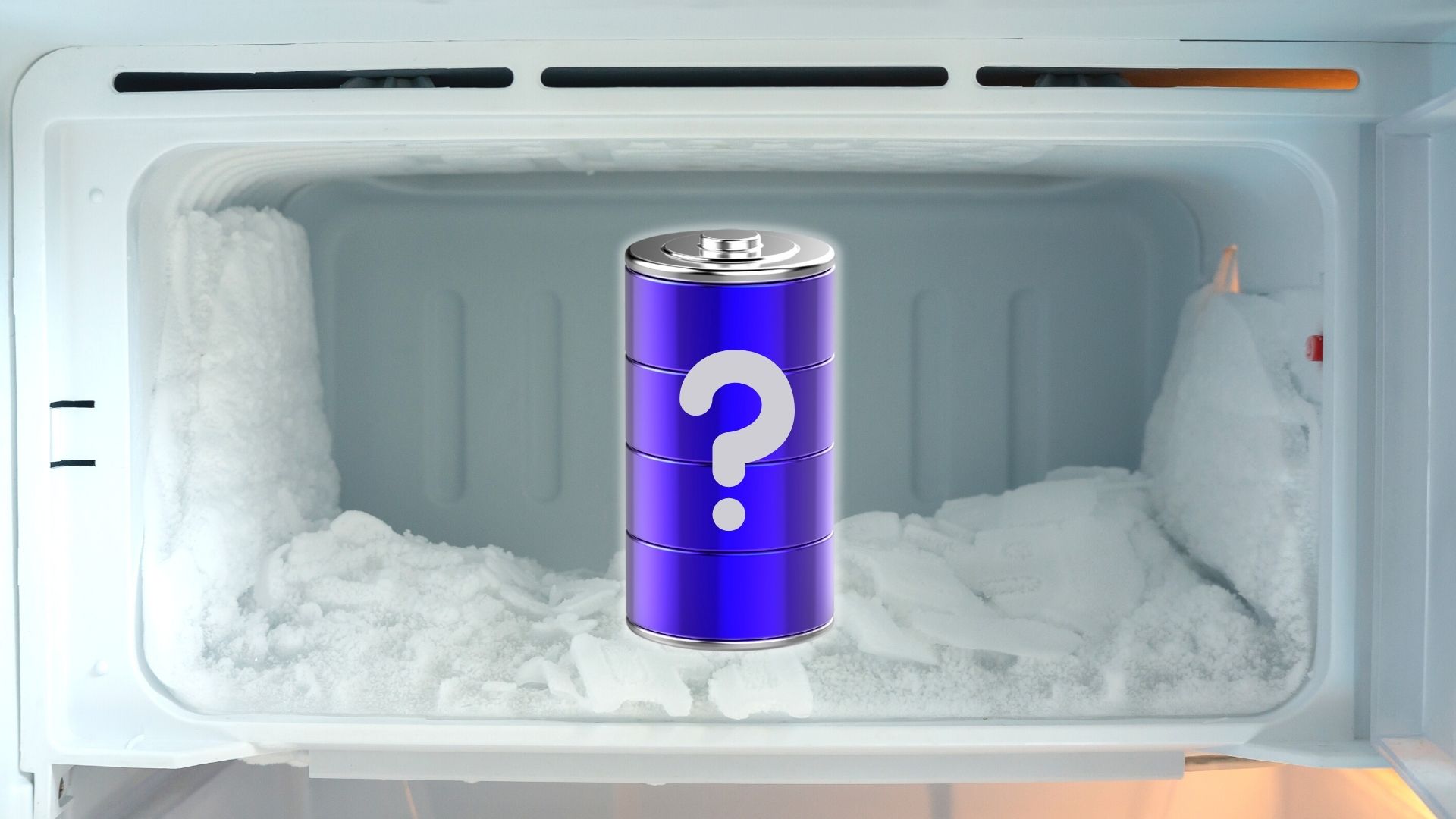


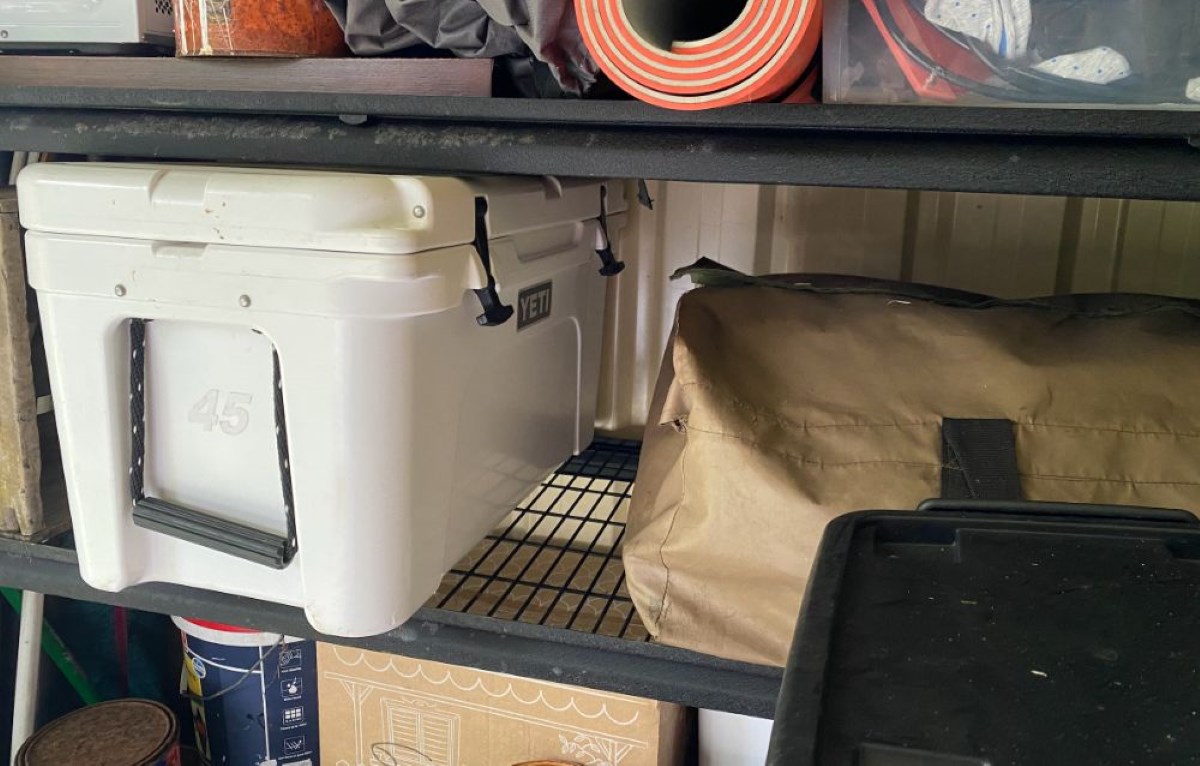
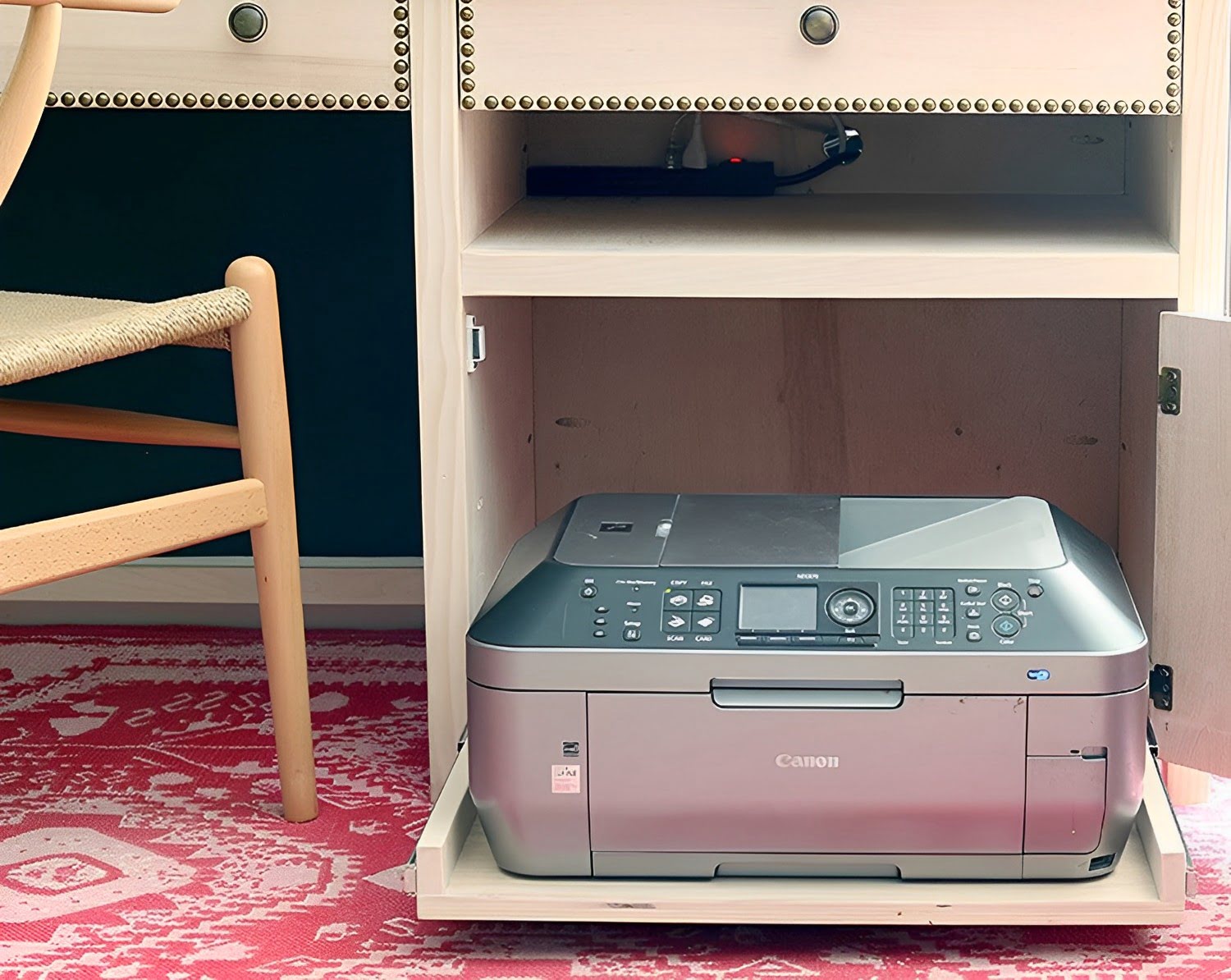

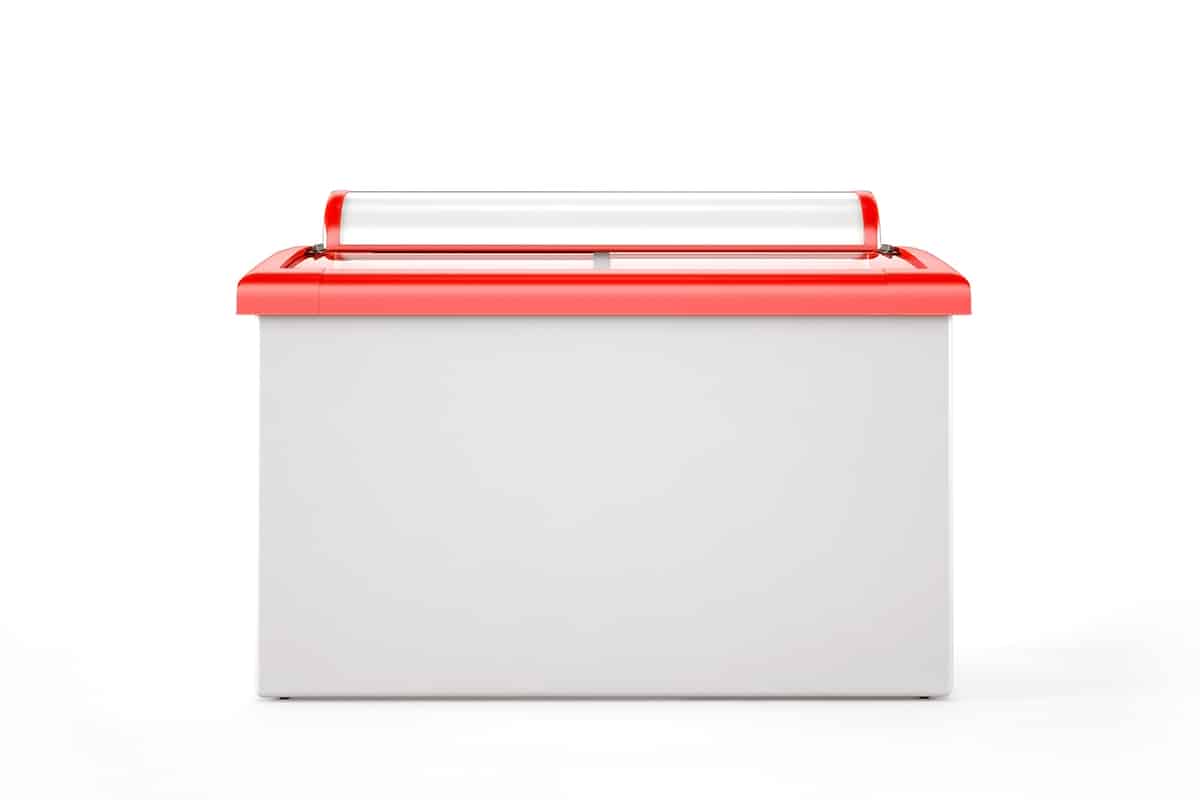





0 thoughts on “How To Store Rechargeable Batteries When Not In Use”